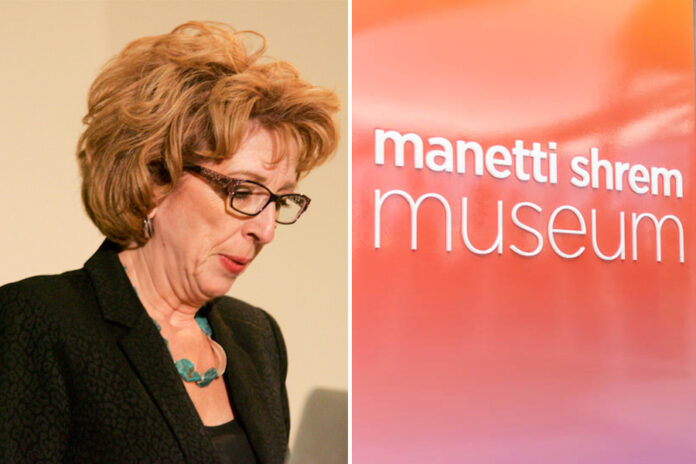
 Earth-shattering exhibit to open this June
Earth-shattering exhibit to open this June
They say if you love something, let it go, because if it was meant to be, it will come back to you. Unfortunately, sometimes things are just too far gone. The UC Davis community learned that lesson Thursday when some local history majors dug up an ancient artifact from former Chancellor Katehi’s regime: the last shred of her dignity.
For those of you who may not remember a simpler time, Chancellor Katehi once had what resembled an intact reputation and a healthy sense of pride for rocking the name Linda Katehi.
You may be thinking, why would Chancellor Katehi ever pride herself in anything but her iconic hairstyle and killer fashion sense? Well, there’s more to this ex-chancellor than meets the eye.
When this relic was unearthed yesterday, it was unclear whether it should be put on display or given back to Linda to ease her return to the faculty this fall. However, UC Davis’ very own Manetti Shrem Museum unanimously decided to turn the piece into an exhibit. It concluded that not displaying Katehi’s last shred of dignity would be a crime “worse than Katehi’s own.”
Eli Mesh, the museum director, was ecstatic when he heard about the discovery of the fossil.
Mesh claimed that even though the Manetti Shrem Museum is, in fact, an art museum, “there is nothing more artistic than the remains of a disgraced chancellor’s legacy.”
“We’re really excited about this exhibit,” Mesh went on. “We think it will fit in really well with the rest of what we have to offer.”
The exhibit will be set up right in between a dented, empty can of pepper spray from 2011 and a deflated, lone basketball that survived UC Davis’ short-lived March Madness hype.
A ribbon-cutting ceremony is scheduled to open the display this coming June. Katehi was originally invited to participate, but couldn’t muster up the strength to show her face in public.
Written by: Lara Loptman — lrloptman@ucdavis.edu Twitter: @lllawra
(This article is humor and/or satire, and its content is purely fictional. The story and the names of “sources” are fictionalized.)




